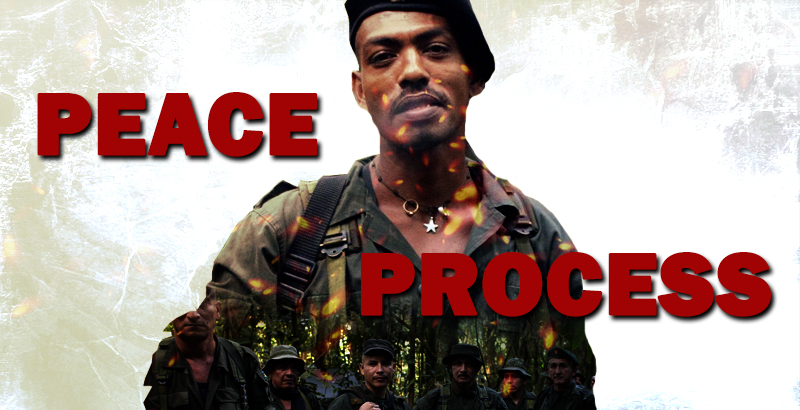
Written by Daniel Edgar exclusively for SouthFront
At 5 o’clock on the 26th of September 2016, in an official ceremony held in the historic and picturesque Colombian city of Cartagena, the Colombian Government and the FARC-EP insurgent group signed a Final Accord for the termination of the conflict and the construction of a stable and durable peace, officially ending 52 years of armed hostilities. After signing the document, the leaders of the two parties to the Accord, Colombian President Juan Manuel Santos and Supreme Commander of the FARC-EP Rodrigo Londoño, delivered combative and spirited but respectful and good-natured speeches heralding a tangible as well as symbolic transition from armed political conflict based on demonization and hatred of ‘the other’ to political contests based on policy platforms subjected to the will of Colombian voters in an open democratic environment.
Both Juan Manuel Santos and Rodrigo Londoño emphasized that the signing of the Final Accord signals the beginning rather than the end of the peace process. On Sunday the 2nd of October the Colombian people have the opportunity to approve or reject the agreement in a national referendum. A determined campaign is being waged against the Peace Accord led by former Colombian president Álvaro Uribe, however recent polls suggest that a substantial majority of Colombians (over 60%) support the agreement. A secondary, but equally important, aspect is whether sufficient people vote in the referendum – at least 25% of registered voters must participate for the referendum to have legal effect.





